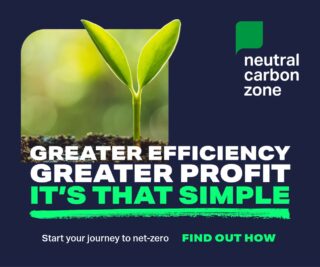enfinium, a leading UK energy from waste operator, is extending its partnership with Wasteer, a German provider of cutting-edge analysis software for energy from waste plants, by installing the system at its Parc Adfer facility in Deeside, North Wales, following a successful pilot at its Ferrybridge 2 facility.
enfinium announced that it was deploying Wasteer’s visual-artificial intelligence technology at the Ferrybridge 2 facility in November 2024. Following a successful trial, enfinium is now integrating the technology into more of its facilities.
With the new system, advanced camera technology powered by AI will automatically analyse incoming waste to detect contaminants before they cause operational problems. The system can also issue real-time alerts and will record data on the waste stream. Wasteer employs a proprietary database as well as Large Language Models (LLMs) and AI.
The automation will enable enfinium to analyse its waste streams more accurately, improving plant efficiency and reliability, and maximising uptime. This approach can, for instance, reduce plant downtimes by about 30% and increase throughput by around 2%.
Chris Bebbington, Group Head of Asset Management at enfinium, said: “Digital, AI and technology enhancements are at the heart of our asset management strategy, and we are always looking for innovative ways to improve the performance of our plants. At Ferrybridge 2, we were already able to achieve promising results in the validation phase with Wasteer. It was therefore a logical step for us to extend this technology to other plants as quickly as possible.”
Benedict von Spankeren, CEO of Wasteer, said: “With our technology, we quickly deliver measurable effects. The initial effort by the pilot plant was very low: we need an internet network on-site and electricity, we take care of everything else. In the following process it’s all about learning from each other quickly and efficiently. Of course, we are particularly pleased when, as in this case, we can create trust over time that the use of our technology in other plants and over an extended period of time is worthwhile.”
























































